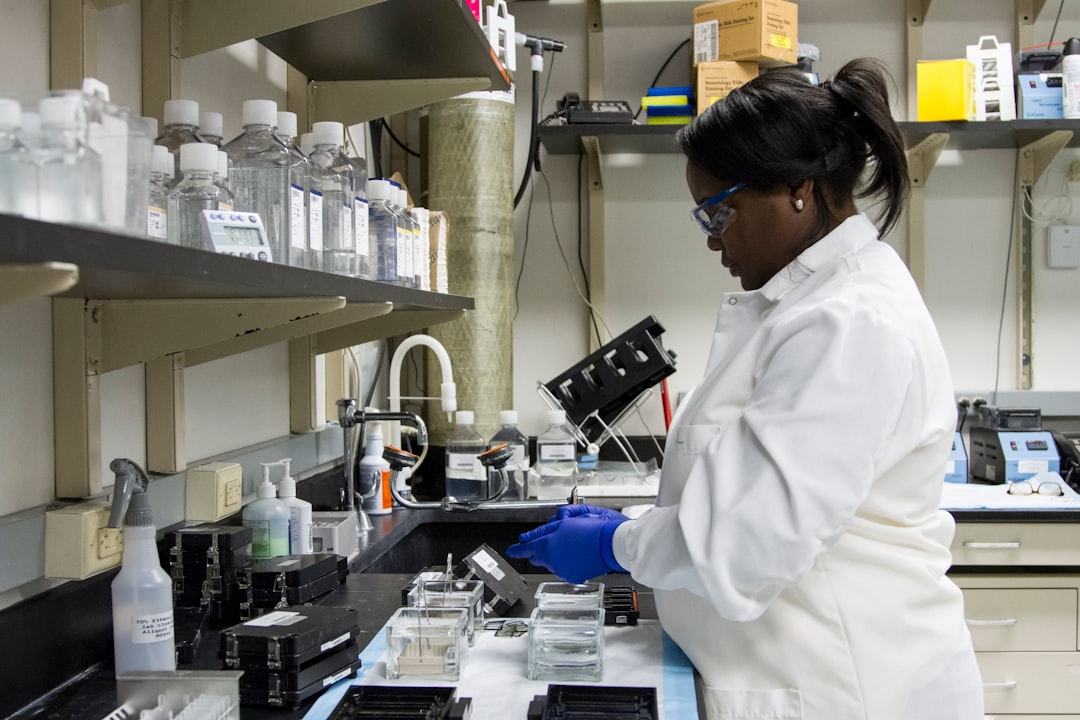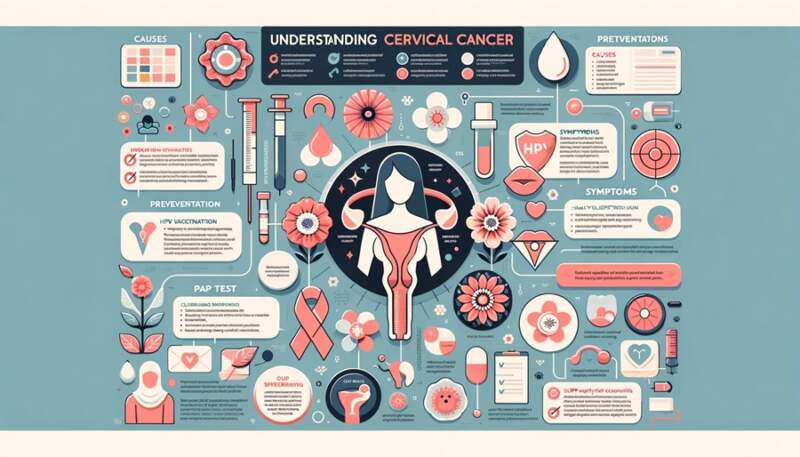Cervical cancer is a type of cancer that affects the cells of the cervix, the lower part of the uterus that connects to the vagina. It is the fourth most common type of cancer in women worldwide, with an estimated 570,000 new cases and 311,000 deaths in 2018 alone. In this article, we will discuss the causes and prevention of cervical cancer.
What is Cervical Cancer?
Cervical cancer occurs when abnormal cells in the cervix grow out of control and form a tumor. These abnormal cells are often caused by the human papillomavirus (HPV), a common sexually transmitted infection. However, not all women with HPV will develop cervical cancer’s, as the body’s immune system can usually fight off the virus before it causes any harm.
Cervical Cancer Stages

Cervical cancer is divided into four stages, with stage 0 being the earliest and stage IV being the most advanced. In stage 0, abnormal cells are found only on the surface of the cervix. In stage I, the cancer has spread deeper into the cervix but has not yet spread to other parts of the body. In stage II, the cancer has spread beyond the cervix but is still contained within the pelvic area. In stage III, the cancer has spread to the lower part of the vagina or the walls of the pelvis. In stage IV, the cancer has spread to other parts of the body, such as the bladder, rectum, or lungs.
Cervical Cancer Prognosis

The prognosis for cervical cancer’s depends on the stage at which it is diagnosed. The earlier the cancer is caught, the better the chances of successful treatment. According to the American Cancer Society, the five-year survival rate for women with stage I cervical cancer is 92%, while the five-year survival rate for women with stage IV cervical cancer is only 17%.
Causes of Cervical Cancer
As mentioned earlier, the main cause of cervical cancer is the human papillomavirus (HPV). However, there are other risk factors that can increase a woman’s chances of developing cervical cancer’s. These include:
- Having multiple sexual partners
- Having a weakened immune system
- Smoking
- Long-term use of birth control pills
- Giving birth at a young age
- Having a family history of cervical cancer’s
Prevention of Cervical Cancer
The most effective way to prevent cervical cancer is through the HPV vaccine. This vaccine protects against the types of HPV that are most likely to cause cervical cancer’s. It is recommended for girls and boys between the ages of 11 and 12, but can be given as early as age 9. It is also recommended for women up to age 26 and men up to age 21 who did not receive the vaccine when they were younger.
Other ways to prevent cervical cancer include:
- Practicing safe sex and limiting the number of sexual partners
- Getting regular Pap tests to detect abnormal cells early on
- Quitting smoking
- Maintaining a healthy immune system through a balanced diet and regular exercise
By understanding the causes and risk factors of cervical cancer, as well as taking preventative measures, we can work towards reducing the number of cases and deaths from this disease. If you have any concerns or questions about cervical cancer’s, be sure to consult with your healthcare provider.
For more information, visit Techmelife.com
